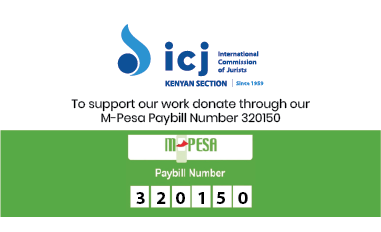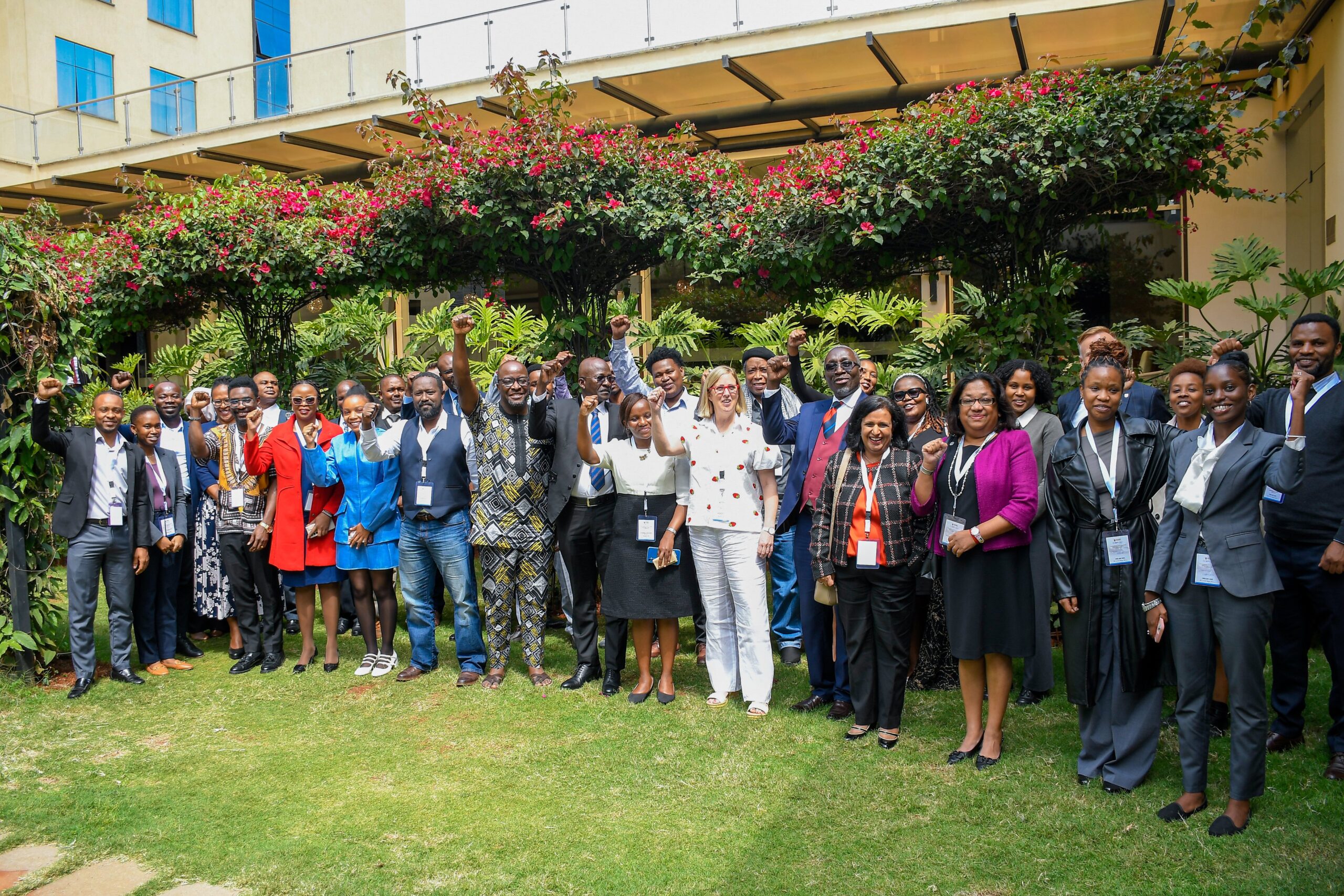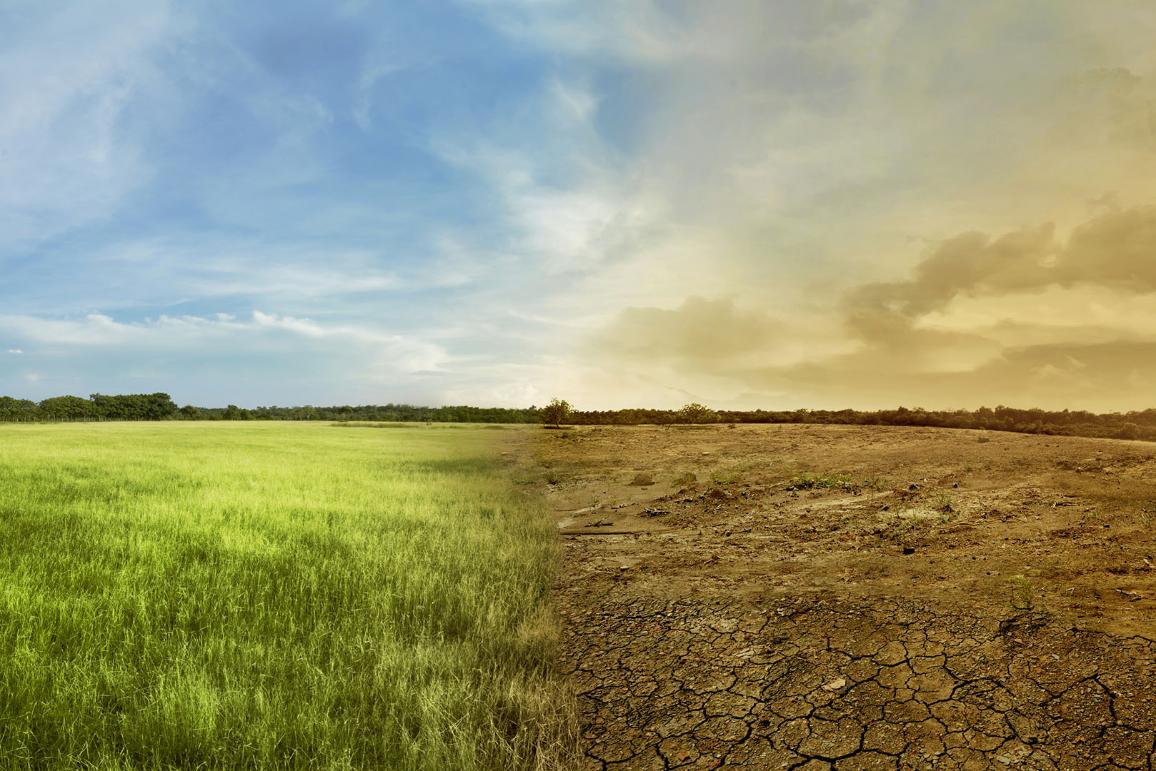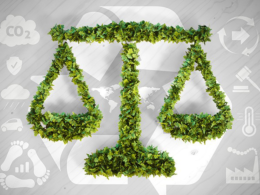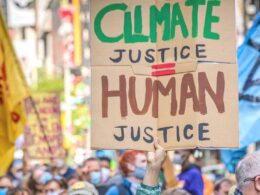NAIROBI,Kenya – “When it rains, it pours.” This familiar phrase takes a new significance as Kenya grapples with a relentless rainstorm. Flood warnings have been issued across the region due to heavy rainfall during the March-May long rain season, creating a dire situation with potential impacts on lives and livelihoods. Similar floods have been observed in United Arab Emirates, Burundi, and Somalia, raising questions about climate change’s role in these extreme weather events.
Scientists attribute the intensified rainfall to human-induced climate change, which has increased the frequency and severity of extreme precipitation events due to rising global temperatures and greenhouse gas emissions.
The atmosphere can hold more water vapour as our planet warms, leading to heavier rainfall. The build-up of heat-trapping gases from fossil fuel burning intensifies evaporation from soil, plants, lakes, and oceans, contributing to additional atmospheric water vapour in the atmosphere.
The increased rainfall is expected to affect key sectors such as health, agriculture, and energy, with positive and negative consequences. While it may enhance food security and water access in some aspects, it poses risks of flooding, infrastructure damage, disease outbreaks, and displacement of communities, prompting urgent humanitarian action.
In Kenya, government-led relief efforts, supported by humanitarian partners, are underway, including tactical teams from the Red Cross, conducting search and rescue missions. At the moment, heightened surveillance and preparedness are crucial to minimise further fatalities and damages, particularly regarding water-borne diseases like malaria and typhoid in densely populated and flood-prone areas.
Excessive rainfall also leads to landslides, and soil erosion when the ground cannot absorb the water quickly enough.
Poor infrastructural planning and lack of proper drainage and construction in riparian areas further exacerbate the risks. In many regions, inadequate urban planning has allowed infrastructure development in flood-prone zones. It increases vulnerability to flooding and disrupts natural drainage systems, compounding the impact of heavy rainfall.
Need for Climate Justice
Kenya is still recovering from a three-year drought intensified by climate change, magnifying the risks posed by extreme weather.
The disproportionate impacts of climate change, aggravated by rich countries’ fossil fuel consumption, highlight the need for climate justice. Countries vulnerable to climate shocks, like Kenya, urgently need support to adapt and respond to these challenges.
Looking at the current flooding occurrences, the future calls for mitigation strategies that include redeveloping evacuation plans, enhancing urban “sponge” capabilities with tree planting and green parks that would allow water to slowly seep into the ground, having permeable pavements, and restricting land development near rivers and streams.
As we confront the devastating consequences of intensified rainfall, it’s evident that urgent action is needed to address the intertwined challenges of climate change, infrastructure resilience, and disaster preparedness. This crisis underscores the need for comprehensive strategies prioritising sustainable development, resilient infrastructure, and community-based adaptation measures.
The Kenyan government at the national and county levels and humanitarian organisations must strengthen responses to the increasing threats of heavy rainfall. Integrating climate resilience into all aspects of planning and development is crucial to mitigate the impacts of extreme weather events.
At the global level, world leaders must fulfil their commitments to assist vulnerable countries in adapting to climate change by providing the loss and damage fund to offset the damage from natural disasters caused by the climate crisis.
Through coordinated efforts, we can build a more resilient future and safeguard lives, livelihoods, and ecosystems from the escalating threats of climate change.Let us hope that affected regions and communities recover and rebuild before the next extreme weather event strikes.
Christine Wainaina is a lawyer and a Climate Action Advocate working at ICJ Kenya.

